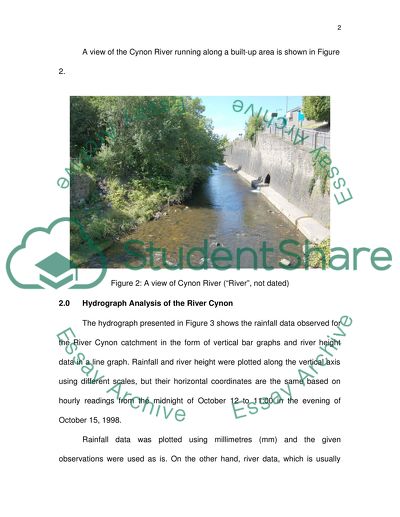Cite this document
(Storm Drainage Design Project Case Study Example | Topics and Well Written Essays - 2000 words - 1, n.d.)
Storm Drainage Design Project Case Study Example | Topics and Well Written Essays - 2000 words - 1. https://studentshare.org/geography/1553865-storm-drainage-design-project
Storm Drainage Design Project Case Study Example | Topics and Well Written Essays - 2000 words - 1. https://studentshare.org/geography/1553865-storm-drainage-design-project
(Storm Drainage Design Project Case Study Example | Topics and Well Written Essays - 2000 Words - 1)
Storm Drainage Design Project Case Study Example | Topics and Well Written Essays - 2000 Words - 1. https://studentshare.org/geography/1553865-storm-drainage-design-project.
Storm Drainage Design Project Case Study Example | Topics and Well Written Essays - 2000 Words - 1. https://studentshare.org/geography/1553865-storm-drainage-design-project.
“Storm Drainage Design Project Case Study Example | Topics and Well Written Essays - 2000 Words - 1”. https://studentshare.org/geography/1553865-storm-drainage-design-project.


